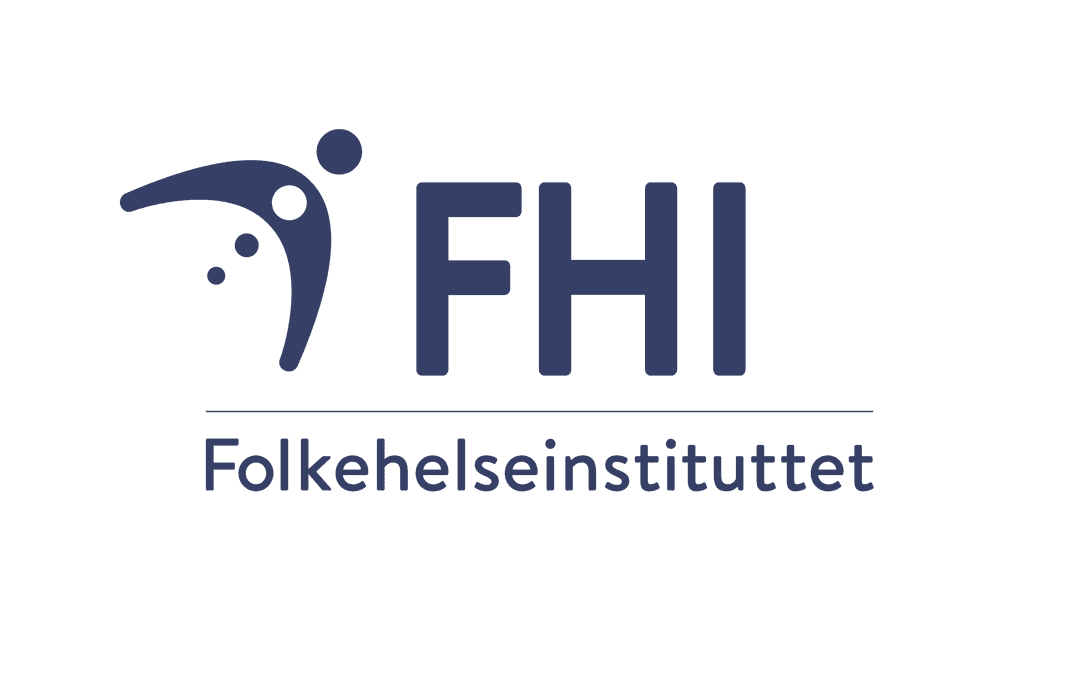Environmentally transmitted pathogens

Many human pathogens can be transmitted only by direct or close contact with an infected person. However, some pathogenic microorganisms can be found in the environment and are capable of infecting humans and causing disease.
Environmentally transmitted pathogens include bacteria, parasites, and viruses, and can be found in various environments such as water, soil, and waste. Some of these pathogens are dependent on the host and can only live hours outside the host (e.g. Neisseria meningitidis), while others spend most or all of their lives in the environment (e.g. Legionella pneumophila). The European Commission's Joint Research Centre (JRC) has made a report giving an overview of soil-borne diseases of humans (1).
Norwegian resources
In Norway, several public resources and institutions are dedicated to monitoring and managing environmentally transmitted pathogens. These pathogens, which can be spread through environmental sources such as water, soil, and air, pose risks to public health and require coordinated efforts for surveillance and control.
The National Institute of Public Health (Folkehelseinstituttet) is responsible for monitoring the occurrence of food- and waterborne diseases and zoonoses in humans and providing advice on infection control measures. Read more about the surveillance and measures here. Folkehelseinstituttet is operating Vesuv, a web-based outbreak alert system for specialist and municipal health services as well as Mattilsynet.
External resources
- Latest publication in Cristin
- Ongoing projects listed in Prosjektbanken

